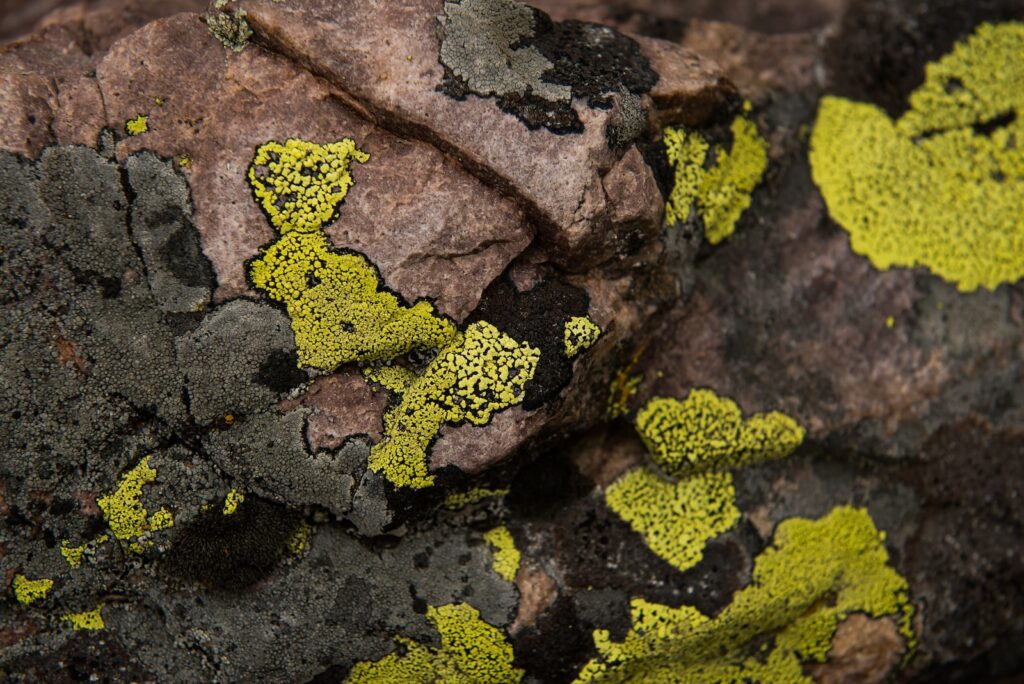Opinion: The physical forms of air pollution
Nick Ruxton-Boyle, Director of Environment at Martson Holdings, explains how we don’t always need to rely on air quality monitors, as sometimes we can see air pollution before our very eyes.
I was cleaning my front door the other day and was amazed how dirty it was. It’s yellow so the dirt really shows up and then I started to think where the dirt was coming from. And that most of it wasn’t actually dirt but deposited air pollution, and in particular particulate matter.
There are many ways to see pollution and how dirty the air around us is. We now have the technology and equipment to monitor pollution on every street, every few minutes, to give us a real hyper local understanding of air quality trends, across a wide range of pollutants.
Part of my job is working with students and helping them understand air pollution, its impact on their health and where it comes from. There is a really cool environmental science experiment that I do with many schools using Vaseline smeared on pieces of card placed inside and outside the classrooms.

We leave our collection samples up for a few days and then inspect them with a magnifying glass to count and record the number of particles we can see. It’s a really great way to visualise the problem and gets the students thinking about why different locations have different numbers of particles.
I mentioned my walk to school in my last blog and how I divert through a park to avoid the busy road. My son and I often pick up leaves and pinecones and earlier this week we stopped at a big old tree covered in lichen. Lichen is amazing, it is a composite organism of algae and fungi and comes in many different shapes and sizes.
It is not a plant, something my 5-year-old wasn’t convinced by, and they are very sensitive to clean air which makes them great air quality indicators. It’s down to their lack of roots, and the general rule is that the smaller and less variety in lichen in the area the more polluted the environment.
We saw loads of different lichen in the park on rocks and trees and even brought some home for further study. We walked home along the busy road and had a look at the street trees. And surprise surprise we didn’t see any lichen at all on any of the trunks or branches that we could see.
Many people ask me about air quality, and I usually point them towards the daily air quality index. It’s a great tool but hard to contextualise when trying to discuss and encourage low pollution and carbon lifestyles. I might start giving friends and colleagues pieces of card smeared with Vaseline and branches covered in lichen.
So, the next time you are out and about have a look at the trees and other hard surfaces for lichen. It will give you a good indication of your local air quality and maybe even help you choose the best routes for your active and public travel trips.
Photo by Scott Osborn

















You can sometimes taste air pollution too and it makes your eyes and skin itchy. A shame if we have to find alternative routes to work and school. Why not tackle the sources of the air pollution instead?